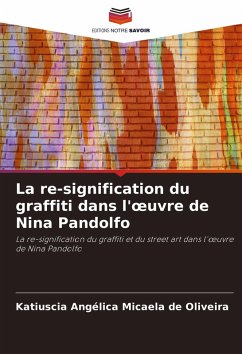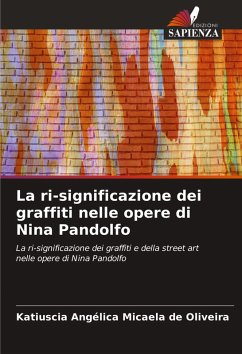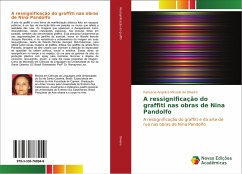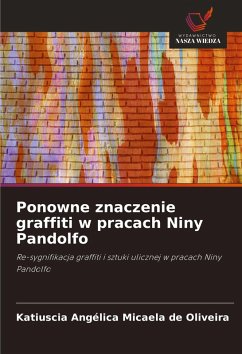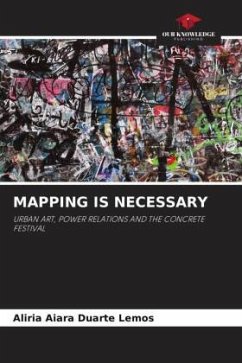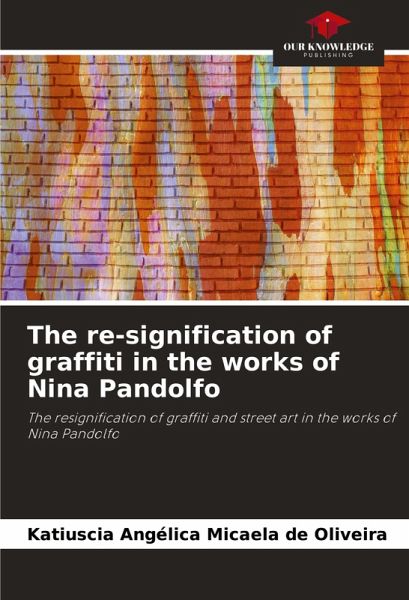
The re-signification of graffiti in the works of Nina Pandolfo
The resignification of graffiti and street art in the works of Nina Pandolfo
Versandkostenfrei!
Versandfertig in 6-10 Tagen
37,99 €
inkl. MwSt.

PAYBACK Punkte
19 °P sammeln!
Graffiti art is a form of artistic expression in public spaces, a type of inscription on walls that reflects the reality of the streets. The images that appear and disappear as resurgences, since classical civilizations, in paintings on walls, are also called graffiti. This research is based on the arguments of the sharing of the sensible, the theory of the French philosopher Jacques Rancière, and the resistance and survival of the image in its resurgences, the theory of the French philosopher Georges Didi-Huberman, to reflect on these graffiti images, with an emphasis on the graffiti of the ...
Graffiti art is a form of artistic expression in public spaces, a type of inscription on walls that reflects the reality of the streets. The images that appear and disappear as resurgences, since classical civilizations, in paintings on walls, are also called graffiti. This research is based on the arguments of the sharing of the sensible, the theory of the French philosopher Jacques Rancière, and the resistance and survival of the image in its resurgences, the theory of the French philosopher Georges Didi-Huberman, to reflect on these graffiti images, with an emphasis on the graffiti of the artist Nina Pandolfo, urban art images that draw the viewer's attention to political, social and artistic issues. These works are re-signified in time and space, from the street to art galleries, from plastic production with spray paint to countless techniques and consumer objects, thus re-emerging new image proposals every day. Master's course in Language Sciences at the University of Southern Santa Catarina, SC Brazil Advisor: Prof. Dr. Ramayana Lira.





